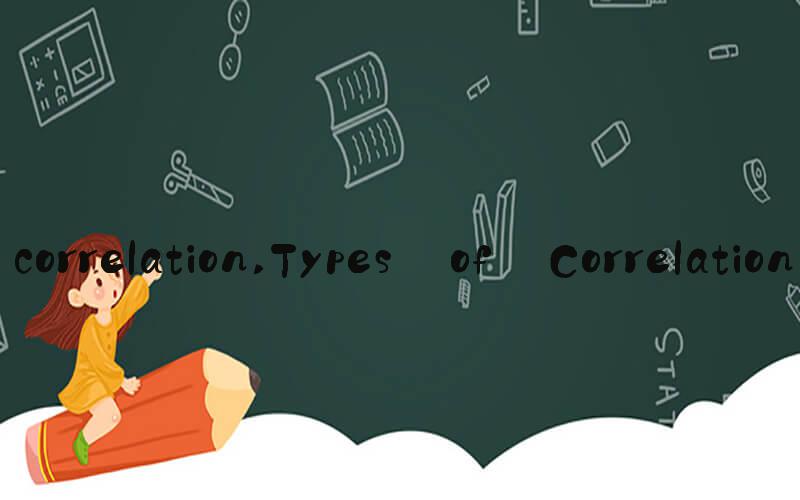 Introduction
IntroductionCorrelation refers to the measure of association between two variables. In statistics, correlation analysis is one of the most widely used methods to determine the relationship between any two variables. The correlation coefficient is used to quantify the strength and direction of the association between two variables. It ranges from -1 to 1, where -1 indicates a perfect negative correlation, 0 indicates no correlation, and 1 indicates a perfect positive correlation.
Types of CorrelationCorrelation can be classified into two types - positive correlation and negative correlation. Positive correlation indicates that there is a direct relationship between two variables, which means that as one variable increases, the other variable also increases. Meanwhile, negative correlation indicates that there is an inverse relationship between two variables, which means that as one variable increases, the other variable decreases.
Uses of CorrelationCorrelation analysis is a significant tool for research in various fields such as economics, finance, psychology, biology, and many other disciplines. Here are some of the ways in which correlation analysis is used:
Financial analysis - correlation helps to determine the degree of relationship between different assets and to analyze the diversification benefits of a portfolio.
Marketing research - correlation analysis helps to understand the relationship between consumer behavior and various factors such as price, promotions, and advertisement.
Epidemiology - correlation analysis is used to study the relationship between risk factors and the incidence of diseases.
Social sciences - correlation analysis helps to study the relationship between different variables such as education, income, and health status.
The Limitations of Correlation AnalysisAlthough correlation analysis is a powerful tool for research, it has certain limitations that need to be considered while interpreting the results. Some of the limitations are:
Correlation does not imply causation, which means that just because two variables are correlated, it does not mean that one causes the other.
Absence of correlation does not imply absence of relationship, which means that if no correlation is found between two variables, it does not mean that there is no relationship between them.
Correlation is sensitive to outliers, which means that if there are extreme values in the data, it can affect the correlation coefficient.
Correlation may be influenced by other variables, which means that the relationship between two variables may be influenced by other factors that are not accounted for.
ConclusionIn conclusion, correlation analysis is a useful tool for understanding the relationship between variables. It can help in making predictions and identifying patterns in the data. However, it is important to keep in mind the limitations of correlation analysis while interpreting the results. To get a more accurate understanding of the relationship between variables, other statistical techniques such as regression analysis should also be considered.
